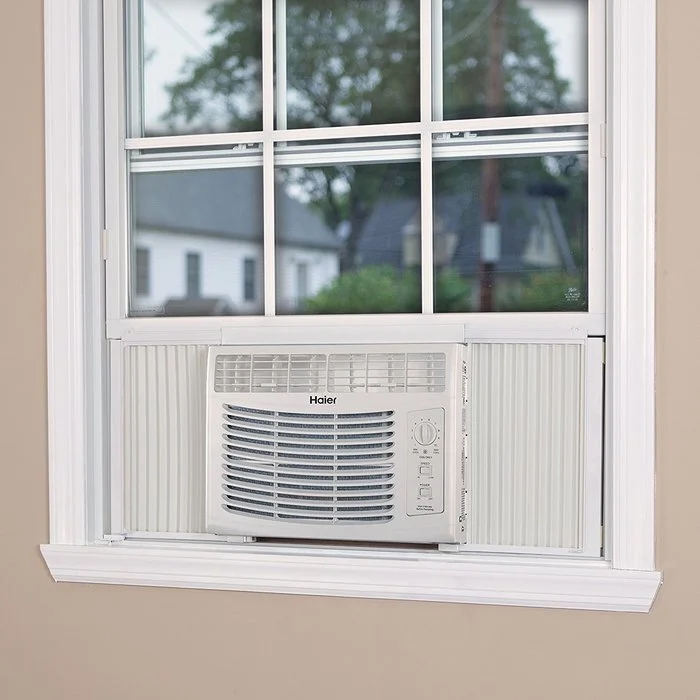Your air conditioning system’s ability to cool your home is dependent upon a functional compressor. All air conditioning systems have a compressor. Located in the outdoor unit – the condenser unit – the compressor is a motorized device that’s responsible for the transfer of heat. It essentially moves refrigerant from the evaporator coil to the condenser unit while simultaneously converting the refrigerant from a gas to a liquid state.
Compressors can fail, however. Even if it’s worked fine in the past, the compressor in your air conditioning system may be on its way out. So, how do you know if your compressor needs replacing? There are a few signs that may indicate your compressor is bad.
Poor Cooling
If your compressor is bad, you may experience poor cooling when running the air conditioner. Air conditioning systems can typically still blow air with a bad compressor; they just won’t blow cold air. With a bad compressor, your air conditioning system may fail to remove a sufficient amount of heat from the air inside your home. In turn, your air conditioning system’s cooling performance will suffer.
Excessive Vibrations
Another possible sign of a bad compressor is excessive vibrations. Compressors contain an electrical motor. When running your air conditioning system, the motor will pull refrigerant from the evaporator coil to the condenser unit. As the motor begins to fail, though, it can vibrate excessively. You can inspect the condenser unit for vibrations. Some vibrations are normal, but excessive vibrations are a possible sign of a bad compressor.
Rattling Noises
You may hear rattling noises originating from the condenser unit if your compressor is bad. Rattling noises is a telltale sign of a bad compressor. Compressors contain many different parts. As some of these parts begin to loosen, they can rattle during operation. Neither the compressor nor any other components within the condenser unit should rattle. If you hear rattling or other unusual noises coming from the condenser unit, you should schedule an appointment with a heating, ventilation and cooling (HVAC) technician.
Circuit Breaker Tripping
Finally, a bad compressor can trip the circuit breaker. Compressors contain electrical wiring, which is needed to supply the motor with power. If any of the wiring breaks – or if the shielded of the wiring becomes exposed – it may trip the circuit breaker. Broken or exposed wiring can cause grounding, which then trips the circuit breaker.




















